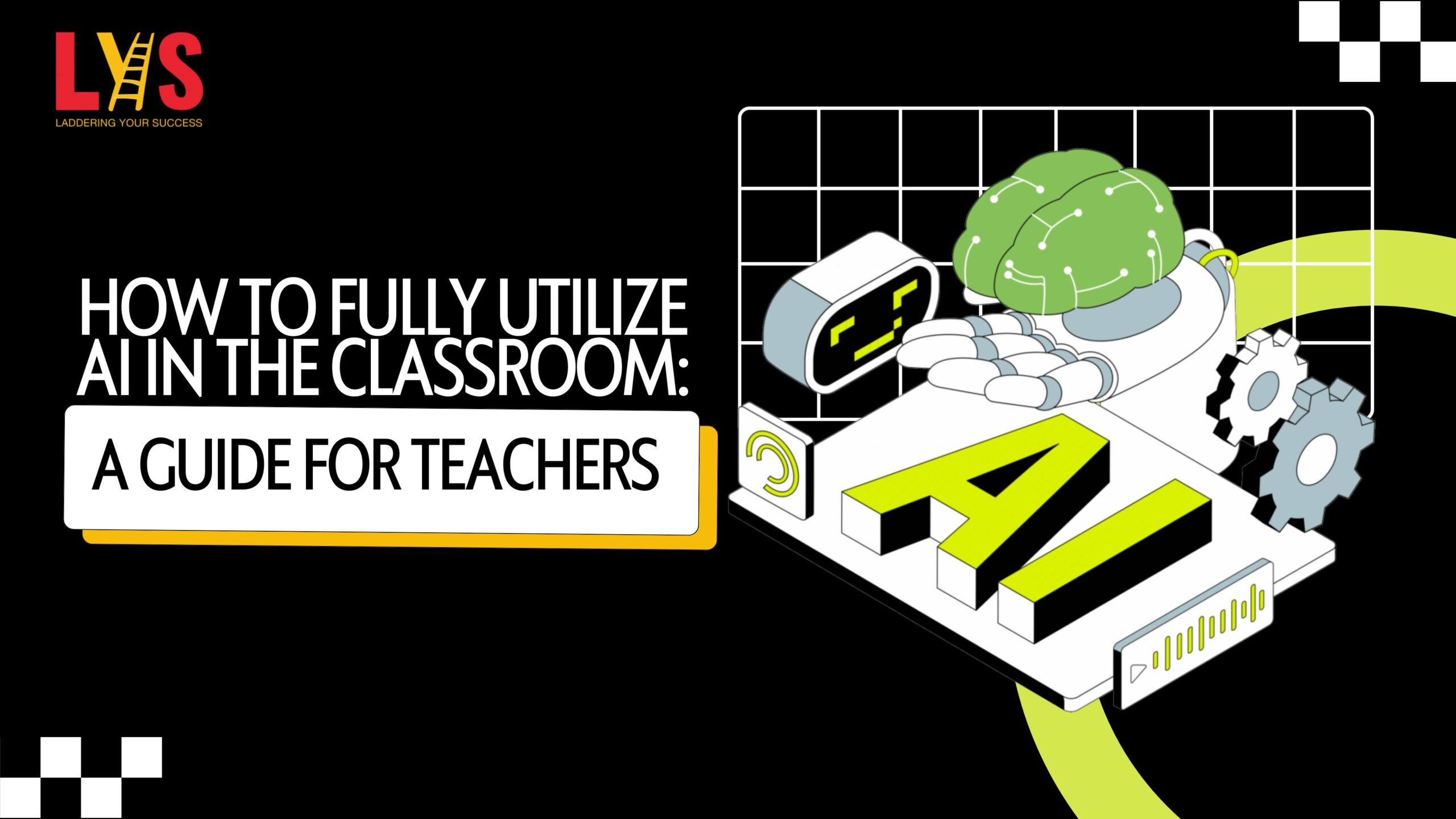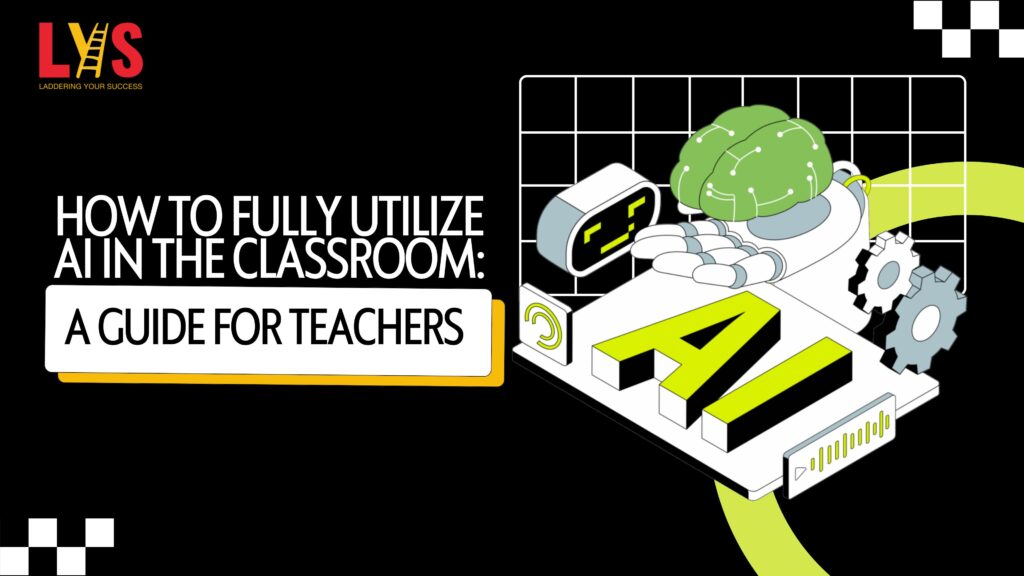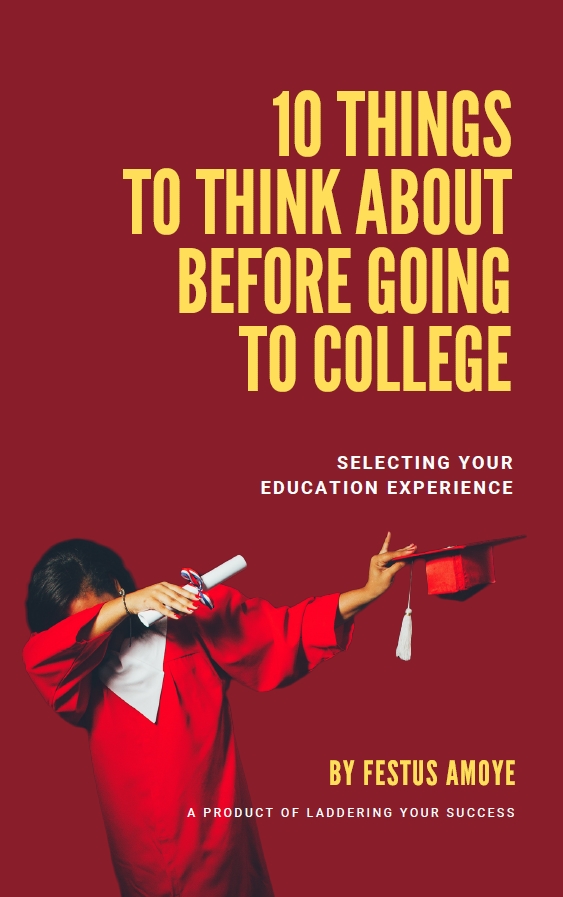Artificial Intelligence (AI) is revolutionizing education, offering tools and strategies to enhance teaching, personalize learning, and streamline administrative tasks. To fully utilize the potential of AI in the classroom, teachers need a clear understanding of its applications and best practices. Here’s how you can make the most of AI in your teaching:
- Personalize Learning for Every Student
AI-powered tools can help teachers analyze student performance and learning styles, enabling them to tailor instruction to individual needs. For example:
Adaptive Learning Platforms: AI Programs like DreamBox or Khan Academy adapt content based on your student’s progress, making sure they work at an appropriate level.
AI Tutoring Systems: Tools like Grammarly provide instant feedback, helping students improve skills and their work in real time. - Automate Routine Tasks
Administrative duties often consume valuable teaching time. AI can take over teachers’ tasks such as:
Grading Assignments: Platforms like Gradescope automate grading for quizzes, essays, and more, saving weekly hours.
Attendance Tracking: Did you know there are systems that can monitor student attendance and participation with minimal manual input? - Enhance Classroom Engagement
Educators may incorporate cutting-edge technology like the following examples into lessons to make them more dynamic and interesting:
Gamified Learning Experiences: Tools like Kahoot! and Quizizz to create engaging quizzes and games tailored both to your curriculum and your daily lessons.
Immersive Technologies: AR and VR tools like Google Expeditions allow students to explore virtual field trips and simulations. You can now do field trips inside the classroom! - Foster Collaboration and Communication
AI can help kids work together and communicate with teachers more effectively. An example include:
Collaborative Platforms: Tools like Microsoft Teams and Google Workspace integrate AI to suggest tasks, organize workflows, and promote teamwork between the student and teachers. It makes communicating and working easy! - Support Students with Special Needs
By meeting a range of needs, AI-powered solutions may establish an inclusive learning environment, such as:
Speech-to-Text and Text-to-Speech: Programs like Otter.ai and Read&Write support students with dyslexia or other learning disabilities. Utilize these tools to make learning inclusive!
Customizable Interfaces: Tools can change layouts, colors, and font sizes of any file, worksheet, or date to make learning more accessible for all students. - Provide Data-Driven Insights
AI can analyze data from the classroom to assist you in making decisions. For instance:
Performance Analytics: Platforms like Edmodo or Classcraft offer dashboards to track student engagement and progress.
Predictive Analytics: Identify at-risk students early by reviewing patterns in behavior or performance flagged by tools. - Train Yourself and Your Students
To maximize the benefits of this tool, both teachers and students need proper training:
Professional Development: Participate in workshops or online courses about integration in education.
Student Workshops: Teach students how to use these tools responsibly and effectively, emphasizing ethical considerations and digital literacy. - Balance Technology with Human Interaction
While AI is a powerful tool, it’s essential to maintain a balance between technology and human connection. Use AI to enhance your teaching, but ensure that empathy, creativity, and personal interactions remain at the heart of your classroom.
AI doesn’t have to be intimidating, and it can help educators enhance the teaching and learning process in the classroom. It has the potential to revolutionize education, but how well it is incorporated into the classroom will determine how well it works. By carefully and deliberately utilizing these AI tools, educators may establish learning environments that are more inclusive, efficient, and engaging. Let AI help you in your educational endeavors and see how your classroom flourishes and your students shine!









